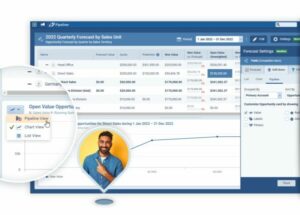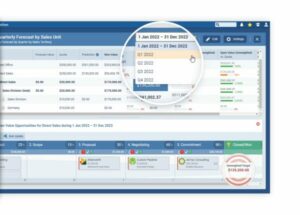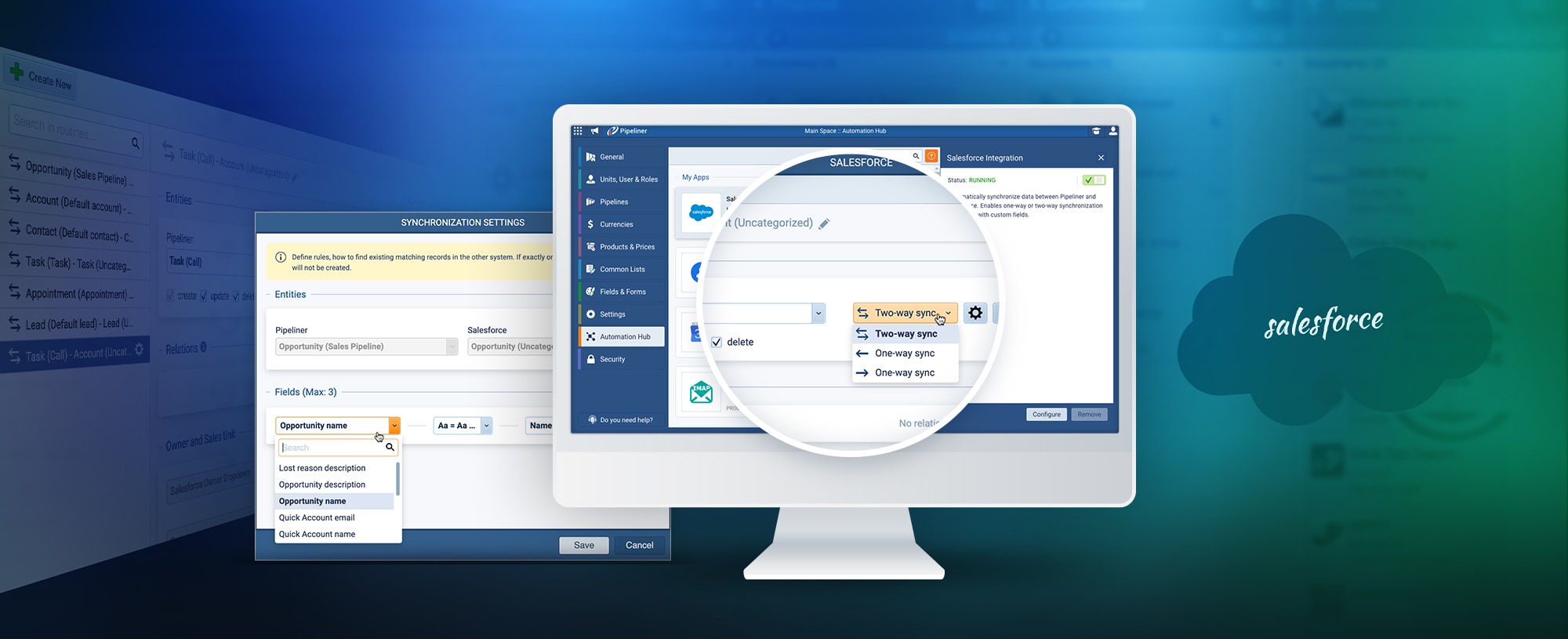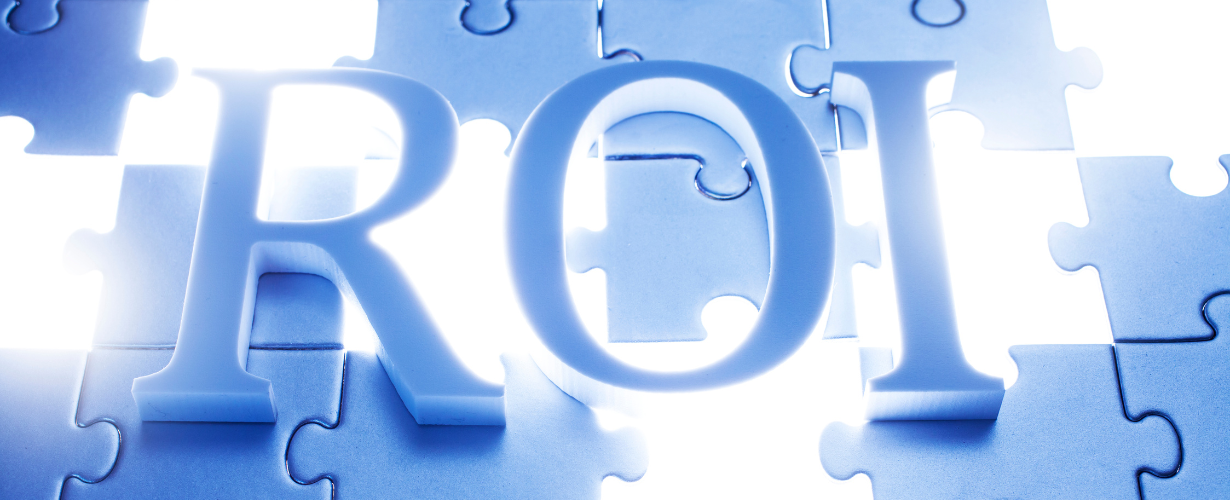5 Tips for Improving Sales ForecastingForecasting Forecasting is a prediction or calculation of a trend or event likely to occur in the future based on qualitative, quantitative and historical data as well as emergent but relevant factors.
Sales forecasting is a crucial process for businesses to predict future sales and revenueRevenue Revenue is the amount of money a business generates during a specific period such as a year or a quarter; also called sales.. However, it can be challenging to accurately forecast sales, especially when relying on subjective evaluations and historical dataData Data is a set of quantitative and qualitative facts that can be used as reference or inputs for computations, analyses, descriptions, predictions, reasoning and planning.. Subjective evaluations are based on personal opinions or perceptions, which can be biased and leadLead Lead refers to a prospect or potential customer (who can be an individual or organization) that exhibits interest in your service or product; or any additional information about such entity. to inaccurate forecasts. Historical data, on the other hand, may not always provide an accurate representation of future sales trends as market conditions and consumer behavior can change over time.

To overcome these challenges, businesses can utilize the right tools and methodology to make sales forecasting a more objective and measurable process. One such tool is the use of data analyticsAnalytics Analytics is the active study of different types of data with the aim of discovering meaningful patterns and translating these into insight (such as historical analyses and forecasts), or action (such as those intended to improve business performance). and machine learningMachine Learning Machine Learning is an aspect or type of artificial intelligence whereby a computer possesses the ability to learn various things by itself without explicitly being programmed to. algorithms to analyze large amounts of historical sales data, identify patterns and trends, and make more accurate sales predictions. By leveraging data-driven insights, businesses can make more informed decisions about sales strategies, inventory management, and resource allocation.
In addition to data analytics, businesses can also use a variety of forecasting methods such as quantitative and qualitative techniques. Quantitative methods involve statistical analysis and mathematical models to forecast future sales based on historical data. Qualitative methods, on the other hand, rely on expert opinions and market research to predict future sales trends. By combining both quantitative and qualitative methods, businesses can gain a more comprehensive understanding of their sales forecast and make more accurate predictions.
Overall, sales forecasting can be a complex and challenging process, but with the right tools and methodology, businesses can make more informed decisions about their sales strategies and resource allocation. By embracing data analytics and combining different forecasting methods, businesses can make sales forecasting a more objective and measurable process.
Here are five tips for improving sales forecasting:
1. Use a CRM tool that incorporates measurable factors: Traditional CRM tools may not be equipped to handle the complexity of sales forecasting. Look for a CRM tool that incorporates measurable factors such as low engagementEngagement Engagement is the state or process of keeping a specific class of audience (employees, management, customers, etc.) interested about a company or brand and invested in its success because of its perceived relevance and benefits to the audience., closing date, and value decrease.

2. Involve all stakeholders in the process: Make sure to involve all stakeholders in the forecasting process, including sales reps, managers, and executives. This will ensure that crucial metricsMetrics Metrics are quantities that are measured and used to: are not missed and that everyone takes ownership and responsibility for their forecasting.
3. Incorporate automation for tracking activities: Automation can help track activities and provide objective metrics to assess the health of a deal. Look for a CRM tool that automates the tracking of sales activities.
4. Evaluate the underlying activities and processes: Pay attention to warning signs such as missed tasks, lack of follow-up, and decreasing rankings from sales reps. These can be indicators of a deal that is at risk.
5. Don’t rely solely on historical data: While historical data is important, it should not be the only factor considered. Evaluate the health of a deal and decide whether to include it in the forecast.
By following these tips, you can improve your sales forecasting and achieve better business outcomes. Consider using a comprehensive tool like Pipeliner CRM, which incorporates all of these factors and offers a more scientific approach to forecasting.
For an in-depth exploration of Forecasting, watch this webinar replay hosted by Don Araldi, a veteran sales leader, and forecasting expert:




